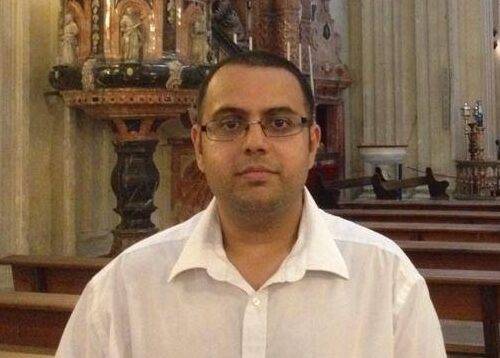Historically, the Arab world has always been deeply urbanised and cities have always been at the forefront of politics, society and economics. Given its importance, writers, thinkers, intellectuals, rulers, lawmakers and religious figures have always had a lot to say about cities and life in urban environments. Understanding the transformation of cities and how people relate to them is a task The City in Arabic Literature: Classical and Modern Perspectives, edited by Nizar Hermes and Gretchen Head, have undertaken. The book is a real treat and covers everything, from medieval Qur’anic interpretations of a city, to 20th century novelists reimagining the city as both an anti-colonial and nationalist space. Anyone interested in urban history will surely find the discussions here rich, stimulating and, at times, humorous. How people understand cities throughout the ages gives us a window into hopes, dreams and anxieties that these people held. Thus, we cannot overlook the importance of cities in human history and, maybe, provide some additional context into our own attitudes towards urbanism.
REVIEW: The Palestine Laboratory: How Israel expands the technology of occupation around the world
The section which was both fascinating and humorous was Huda Fakhreddine and Bilal Orfail’s chapter on medieval poetry and the city. Poets were often full of praise for their own city, but they could also be scathing of their own cities and cities seen as rivals to their own ones. As Fakhreddine and Orfail point out, “A city was not a home, rather it was a stage upon which the poet either succeeded or failed. It held the potential for both protection and estrangement.” Thus, to study cities through poetry tells us a lot about the conditions of a city during a certain time period.
Historically, Baghdad was the epicentre of poetry. Baghdad, during the Abbasid time was, for a poet, what Hollywood is for an actor: a place to see and be seen, a place to make it or falter. As we get to the 10th century, the authority of the Abbasids begins to wane and Baghdad loses its stranglehold over poetry. A professional poet could no longer rely on Baghdad to be a place to make their fortune and so poets started travelling further afield and the relationship between the poet and the city changed and became more transitory. The constant movement meant the poet was no longer faithful to a particular city and we see this reflected in the poems being produced, “What to hold on to? There is no kin, no home, no companion, no goblet and no refuge,” writes Al-Mutanabbi (d.965), on the theme of rejection, while living in Egypt, in a poetic letter sent to his Aleppo-based patron. He goes on, “I want this time of mine to make me achieve what time itself has not achieved. As long as the body accompanies your soul, prepare to meet your destiny with nonchalance. Your joy in things does not make them persist nor does your sorrow bring back that which has passed.”
Reimagining the revolutionary potential of cities, Egyptian writer, Yusuf Idris (1927-1991), ushered in a new era in Egyptian novels and art. During the Nahda period (1850-1930), Egyptian novelists and writers tended to privilege the countryside and rural communities as representing the real Egyptian nation. Idris departed from this cannon and, as Yasmine Ramadan argues, “he places the urban metropolis front and centre in his literary exploration of a transformative moment in Egypt’s history.” His 1956 novel, A Love Story, which came as Egypt was decolonising from British rule and nationalism was a rising tide, a key feature of the novel was Idris’s use of Cairo vernacular rather than standard Arabic. When attacked for this, he responded, “I want to become an artist even though I write in the language of the street.” In Idris’s novel, the characters all speak in dialectical Arabic, but they do not use on dialect and can be heard using different dialects, which showcases Cairo for its multiplicity and creates for us a linguistic map of the city. “Indeed, in Idris’ work,” Ramadan writes, “Cairo is cast in a metaphorical role, representing the nation writ large, but perhaps more importantly, it is also ‘mapped’ and represented in all its complexity and difference.” By taking the approach he did, Idris is expanding the notion of Egyptianess and the complexities it entails.
The City in Arabic Literature offers a panoramic view of the city as seen through the eyes of writers, poets, travellers and scholars from medieval to modern times. It seems to tell the story about how cities have so many different meanings and associations, but are at the forefront of how we think about ourselves and others. Those interested in how Arabs have developed cities and their meaning would do no better than to read this book. While only dealing with the Arab world, readers can easily take this and think about cities in other linguistic and cultural traditions and seek out works that allow them to think comparatively. The City in Arabic Literature will give such a reader good grounding in which to carry out such an inquiry. For me this book was simply a nice treat that cannot be more highly recommended.









